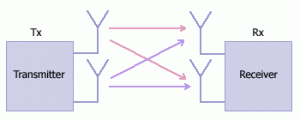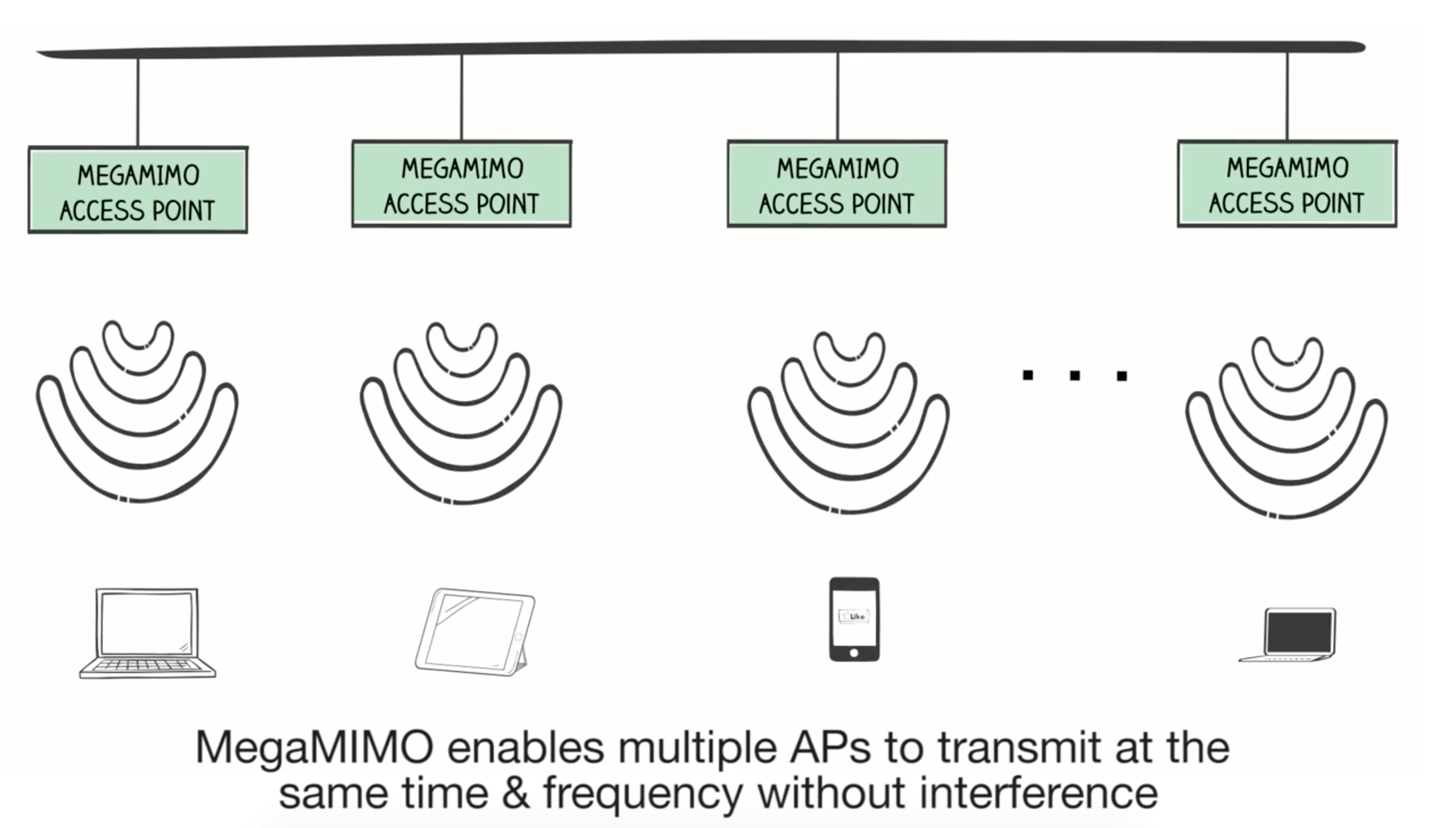Multiple Input Multiple Output (MIMO) routers have become the standard in commercial and consumer WiFi. However, combining optimally multiple wireless signals in order to achieve higher data transfer rates is a challenging problem for dynamic and crowded wireless environments. The good news is that an MIT group has demonstrated significant improvements that can give another boost to WiFi performance. Their work was presented at ACM SIGCOMM 2016 meeting in Brazil last week, and was developed at Dina Katabi’s lab at MIT.

The idea of combining multiple signals in a distributed fashion to improve the overall wireless capacity can work very well on paper. For this to work, the most important factor is to have an accurate channel model to drive the signal beamforming algorithm. But as we know “All models are wrong, but some are useful” and this is also reflected in today’s MIMO products that don’t have a channel model that works well across the spectrum.
One of the main contributions by the MIT group is a new method to estimate the channel parameters required by real-time MIMO. In addition, their channel estimation is further enhanced by using feedback information from the automatic gain control of the MIMO system.

Their implementation meets three critical requirements for MIMO systems:
- is a full implementation of the 802.11 physical layer
- fulfills timing constraints of 802.11
- supports mobile clients in dynamic environments
Their final implementation doesn’t require any changes to the hardware or software on the client or AP side.
They tested their theoretical assumptions in two different environments. In the first one, the AP and the clients were fixed with people moving between them. In the second one, the clients were affixed on Roombas and carried by people. In both cases it was confirmed that MegaMIMO 2.0 delivered much better performance than the current state-of-the-art solution.
You can watch a demo video here:
Their implementation achieved a 3.6 fold data throughput increase by using 4 AP, and they claim that it scales well up to 10 AP. The question is whether this scales many more than 10 AP. If this proves to be the case, MegaMIMO 2.0 will provide big performance boosts in large scale deployments found at stadiums, airports, shopping malls, and big auditoriums. In addition, if the technology becomes successful, we might soon see it adopted in cellular networks as well.





